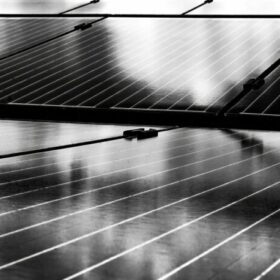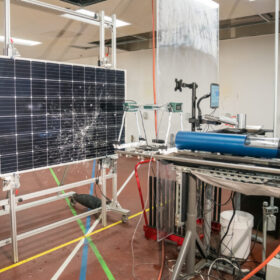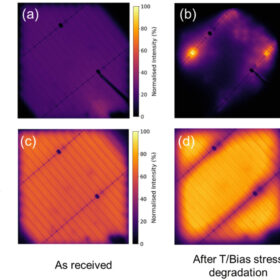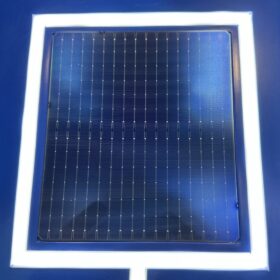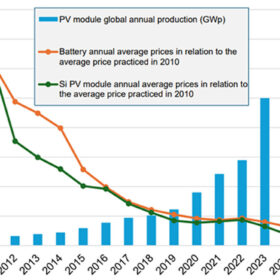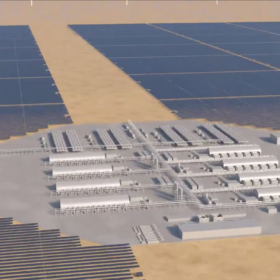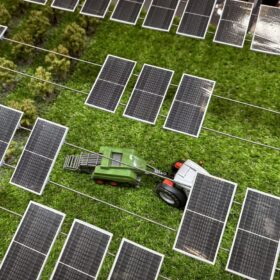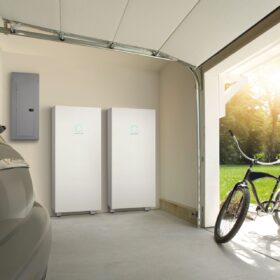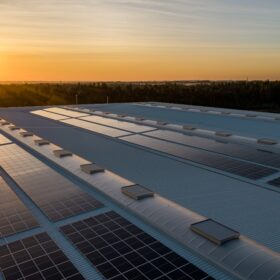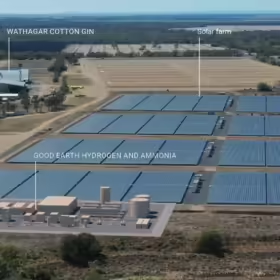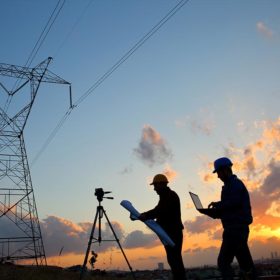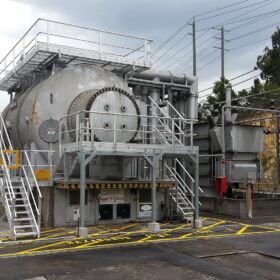Global solar tracker shipments reach 111 GW in 2024
The United States continues to dominate the solar tracker market, with Nextracker securing the top spot globally in 2024.
Top solar modules in reliability, quality and performance testing
The Renewable Energy Test Center has released its 2025 PV Module Index, assessing solar module reliability, quality, and performance across industry benchmarks. The report highlights manufacturers that meet high standards in long-term durability and energy yield.
JinkoSolar takes top spot on WoodMac’s list of PV module manufacturers
JinkoSolar led global PV module shipments in 2024, followed by JA Solar, Longi, Canadian Solar and Trina Solar, according to Wood Mackenzie. The research firm notes a growing shift toward full vertical integration among top manufacturers.
Module reliability scorecard reveals widespread quality risk
Independent testing laboratory Kiwa-PVEL has published the 11th edition of its PV Module Reliability Scorecard, having extensively tested PV modules from 50 different manufacturers. The scorecard reveals improvements in energy yield per watt-peak and resistance to potential-induced degradation, but an increase in breakage under mechanical stress and hail simulations, and an overall higher failure rate are cause for concern to many.
Global solar capacity to surpass 7.5 TW in 2035, says GlobalData
UK consultancy GlobalData projected, in figures shared with pv magazine, that global renewable capacity could hit 11.2 TW by 2035, led by solar. It expects cumulative PV capacity to hit 2,378 GW by year-end and 2,849 GW by 2026.
Scientists discover new failure mode in LECO-treated TOPCon solar cells
An international research team has observed a significant increase in series resistance in LECO-treated TOPCon solar cells after temperature and bias treatment. The scientists said they now need to conduct further investigations into its impact on cell efficiency, reliability, and bankability.
All solar cell efficiencies at a glance – updated
The research group led by Professor Martin Green has published Version 66 of the solar cell efficiency tables. There are 21 new results reported in the new version.
Falling Li-ion battery prices mirror solar photovoltaics trends: Is there a role for second-life batteries before recycling?
Lithium-ion batteries are everywhere, powering everything from consumer electronics to electric vehicles, residential PV storage systems, and, more recently, mitigating curtailment in large-scale wind and solar power plants. EVs are driving large-scale demand for Li-ion batteries which will result in substantial volumes of spent batteries in the near future.
Novel Australian technology to fuel 70 GW green hydrogen energy hub
Western Australia’s green fuels developer InterContinental Energy has announced its revolutionary cost cutting nodel hydrogen production system, which allows for the scaling of giga-scale production and is the mainstay of the proposed 70 GW Western Green Energy Hub.
Harnessing the power of agrivoltaics: the future of sustainable land use
With the increasing pressure to decarbonise the energy system while preserving arable land and biodiversity, agrivoltaics is quickly becoming a vital pathway towards sustainable development. A new report from the IEA PVPS Task 13 lays out a compelling vision for how solar energy and agriculture can not only coexist but thrive together.

